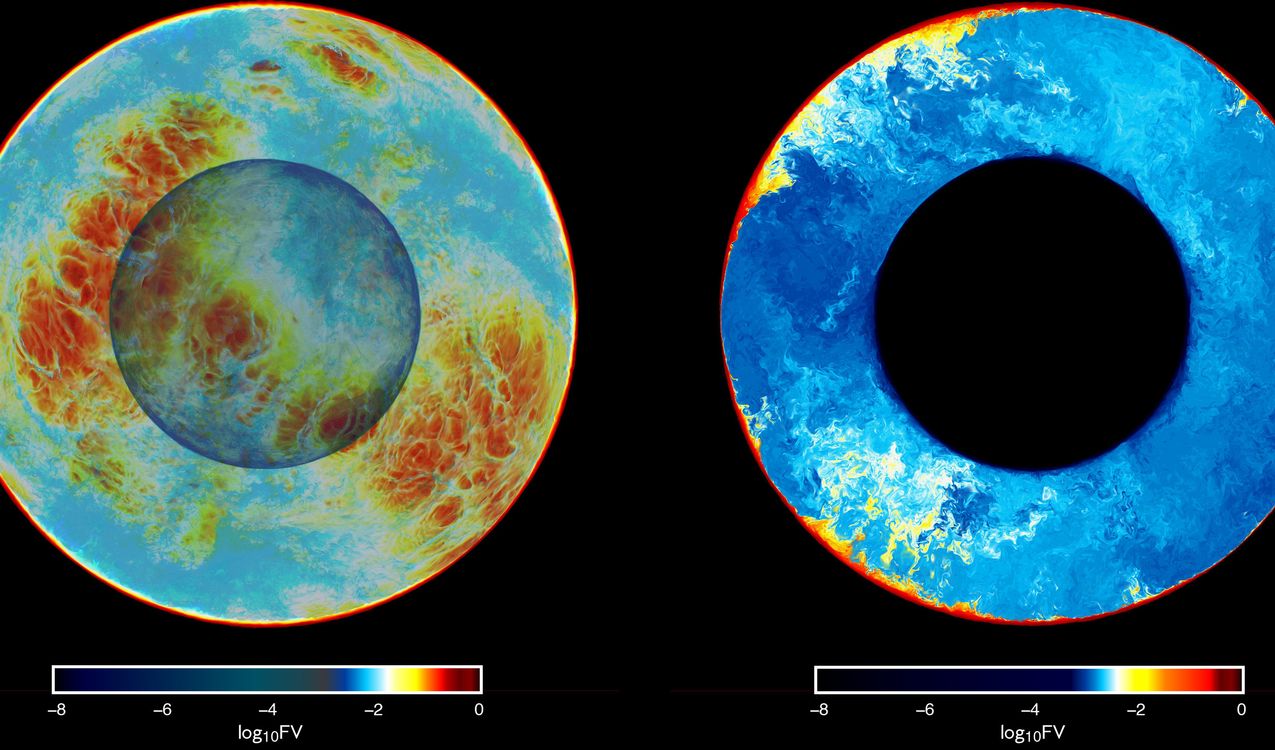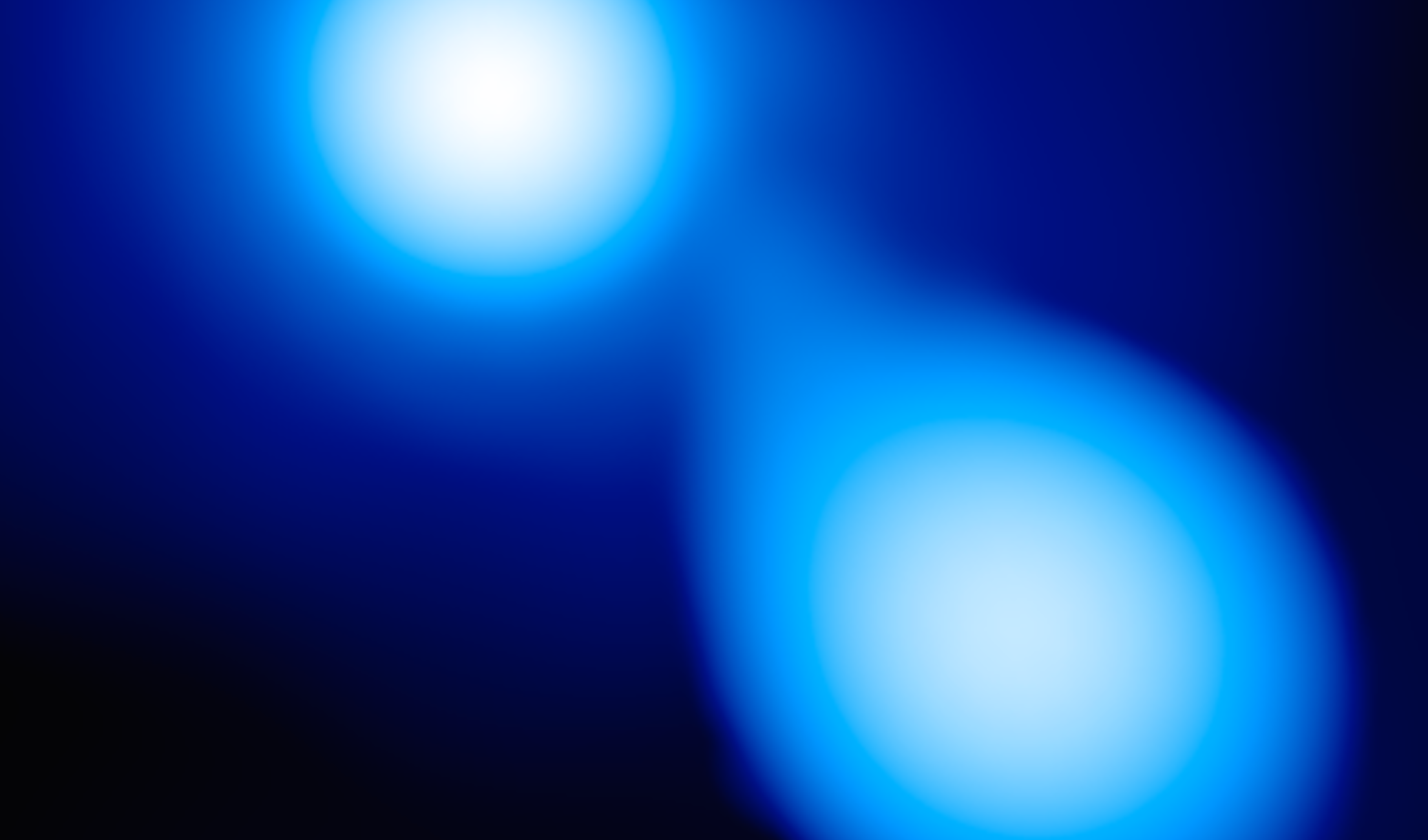PEOPLE
LEADERSHIP
CTA DIRECTOR
GROUP LEADER, APPLIED MATHEMATICS AND PLASAMA PHYSICS, T-5
Transient light curves, compact mergers, supernovae, nucleosynthesis
RACHEL SMULLEN
CTA DEPUTY DIRECTOR
R&D SCIENTIST, THEORETICAL DESIGN, XTD
Star and planet formation, orbital dynamics
CTA PAST-DIRECTOR
DIRECTOR, CENTER FOR NONLINEAR STUDIES, T-CNLS
Radiation-hydrodynamics, reaction networks
RESEARCH DEVELOPMENT
R&D SCIENTIST, COMPUTATIONAL PHYSICS & METHODS, CCS-2
Black hole astrophysics, supernovae, numerical methods and algorithms
OUTREACH
R&D SCIENTIST, COMPUTATIONAL PHYSICS & METHODS, CCS-2
Gamma-ray bursts, their emission physics, and their use as cosmological tools
PROGRAM LIAISON
DEPUTY PROGRAM DIRECTOR, ADVANCED SIMULATION AND COMPUTING, ASC
Gamma-ray astronomy, supernovae, Monte Carlo transport
BRENDAN KRUEGER
RECRUITING COORDINATOR
R&D SCIENTIST, EULERIAN CODES, XCP-2
Supernovae, computational methods, code development
STAFF
DENNIS BOWEN
R&D SCIENTIST, EULERIAN CODES, XCP-2
General relativity, MHD, accretion disks
SOUMI DE
R&D SCIENTIST, APPLIED MATHEMATICS AND PLASAMA PHYSICS, T-5
Compact object binaries, gravitational-wave data analysis, accretion disks, multiphysics simulations
PHILIPP EDELMANN
R&D SCIENTIST, APPLIED COMPUTER SCIENCE, CCS-7
Stellar astrophysics, low Mach number hydrodynamics, nucleosynthesis,asteroseismology, numerical methods
ERICA FOGERTY
R&D SCIENTIST, THEORETICAL DESIGN, XTD
Formation of molecular cloudes, stars and planets, MHD, radiation transport, HEDP
CHRIS FONTES
R&D SCIENTIST, MATERIALS & PHYSICS DATA, XCP-5
Theoretical atomic physics, radiative opacities, transient light curves
FAN GUO
R&D SCIENTIST, NUCLEAR AND PARTICLE PHYSICS, ASTROPHYSICS, AND COSMOLOGY, T-2
Charged particle transport, magnetic reconnection and turbulence, collisionless shocks, wave and particle interaction
JOYCE GUZIK
LANL FELLOW, THEORETICAL DESIGN, XTD
Stellar Evolution, Astroseismology, Stellar Pulsations
DANIEL HOLLADAY
R&D SCIENTIST, APPLIED COMPUTER SCIENCE, CCS-7
nLTE opacities, radiation transport, HPC, heterogeneous computing
JARRETT JOHNSON
R&D SCIENTIST, THEORETICAL DESIGN, XTD
First Stars, Planets, Galaxies, Supernovae, and Black Holes
SAM JONES
R&D SCIENTIST, APPLIED MATHEMATICS AND PLASAMA PHYSICS, T-5
Supernovae, numerical methods, hydrodynamics, nucleosynthesis, stellar evolution
R&D SCIENTIST, APPLIED MATHEMATICS AND PLASAMA PHYSICS, T-5
Neutron star mergers, r-process, hydrodynamics, HPC, general relativity
HYUN LIM
R&D SCIENTIST, COMPUTATIONAL PHYSICS & METHODS, CCS-2
Numerical relativity, binary compact object mergers, numerical methods and algorithms, and HPC
CHRIS MALONE
R&D SCIENTIST, LAGRANGIAN CODES, XCP-1
Type Ia supernovae
CHRISTOPHER MAUNEY
R&D SCIENTIST, HPC ENVIROMENTS, HPC-ENV
Dust formation, supernovae, density functional theory
ZACH MEDIN
R&D SCIENTIST, EULERIAN CODES, XCP-2
X-ray bursts
R&D SCIENTIST, COMPUTATIONAL PHYSICS & METHODS, CCS-2
Numerical relativity, numerical methods, hydrodynamics
MATTHEW MUMPOWER
R&D SCIENTIST, NUCLEAR AND PARTICLE PHYSICS, ASTROPHYSICS, AND COSMOLOGY, T-2
Nuclear physics, nucleosynthesis, beta-decay, fission
BENJAMIN RYAN
R&D SCIENTIST, COMPUTATIONAL PHYSICS & METHODS, CCS-2
Black hole astrophysics, radiation transport, magnetohydrodynamics, numerical methods
R&D SCIENTIST, COMPUTATIONAL PHYSICS & METHODS, CCS-2
Kinetic transport simulation, Nuclear astrophysics, hydrodynamics
GREG SALVESEN
R&D SCIENTIST, VERIFICATION AND ANALYSIS, CCS-2
Black Holes, X-ray Binaries, Accretion Disks, Outflows
INGO TEWS
R&D SCIENTIST, NUCLEAR & PARTICLE PHYSICS, ASTROPHYSICS, & COSMOLOGY, T-2
Neutron Matter, chiral EFT, three-nucleon forces
R&D SCIENTIST, COMPUTATIONAL PHYSICS & METHODS, CCS-2
Transient light curves, radiation transport methods
SUZANNAH WOOD
R&D SCIENTIST, THEORETICAL DESIGN, XTD
Laboratory astrophysics, high energy density physics
POSTDOCS
CARL FIELDS
FEYNMAN FELLOW, COMPUTATIONAL PHYSICS & METHODS, CCS-2
Stellar Hydrodynamics, Nuclear Astrophysics, Gravitational Waves
ALEX KALTENBORN
METROPOLIS FELLOW, APPLIED MATHEMATICS AND PLASAMA PHYSICS, T-5
Compact binary mergers
The Center for Theoretical Astrophysics sponsors student researchers to visit LANL at all levels: high school, undergraduate, post-baccalaureate, graduate, and post-masters. The vast majority of students are at LANL during the summer and the CTA typically supports 20-30 students during the summer. Additionally there are also opportunities for longer-term appointments, up to 2 years, in the CTA for post-baccalaureate, post-masters, and graduate students. The ideal time to apply for a summer appointment is November or December. To view profiles of our current students click here.






